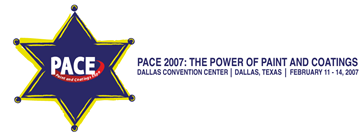Search
Individual Conference Papers
View as
Sort by
Display
per page
High Voltage Porosity Testing Continuous DC vs. Pulsed DC
Product Number:
41212-674-SG
Publication Date:
2012
$20.00
Highlighting Challenges with Corrosion Inhibitor Qualification Under High H2S, Sour Conditions
Product Number:
51323-19243-SG
Publication Date:
2023
$20.00
Highlighting The Use Of Brush Plating For Plating On Titanium, Nickel Plating, Copper Plating And Metal Matrix Composite Materials
Product Number:
51322-18229-SG
Publication Date:
2022
$20.00
Highly Durable Solventborne Silicone Organic Hybrid For Protective Coating Applications
Product Number:
51322-17537-SG
Publication Date:
2022
$20.00
High-Pressure SSC Testing of TMCP Large-Diameter Pipeline Steel
Product Number:
51324-20855-SG
Publication Date:
2024
$40.00
High-strength Nickel Low Alloy Steels for Oil and Gas Equipment: ASTM A508 Grade 4N under cathodic protection and simulated sour environments.
Product Number:
51320-14706-SG
Publication Date:
2020
$20.00
High-Temperature-Stable Vapor Corrosion Inhibitor for CUI
Product Number:
51324-20573-SG
Publication Date:
2024
$40.00
Historical Perspective of Corrosion by Potable waters in Building Systems
Product Number:
93509-SG
Publication Date:
1993
$20.00
History of Sealers and Coatings in Decorative Concrete
Product Number:
41212-712-SG
Publication Date:
2012
$20.00
Holiday Detection by Imaging Fluorescent Coatings
Product Number:
41206-245-SG
Publication Date:
2006
$20.00
Horizontal Directional Drilling (HDD) Method Pipe Update
Product Number:
51323-18948-SG
Publication Date:
2023
$20.00











